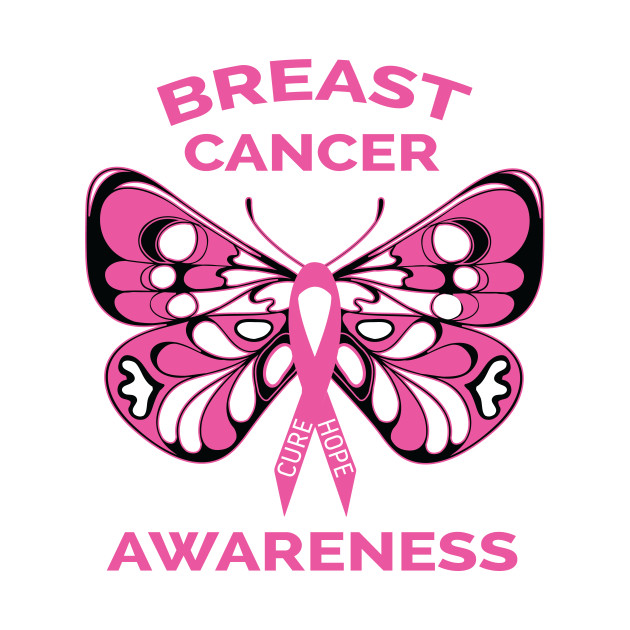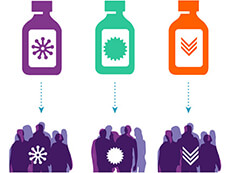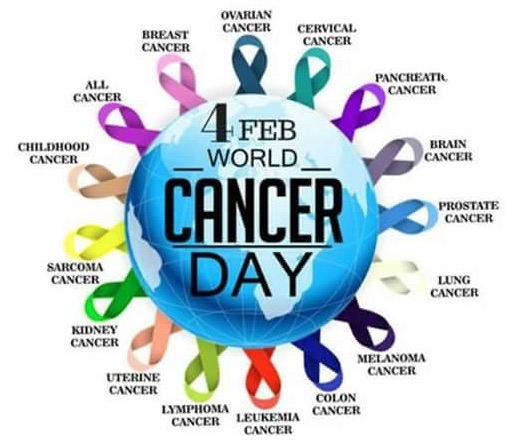|
MSM (MethylSulfonylMethane) is an abbreviation of methylsulfonylmethane, an organic form of sulfur. The chemical formula of MSM is CH3SO2CH3. It is the form in which sulfur is biologically active and appears in nature in all living organisms.
$39.95
Sulfur is called nature's "beauty mineral" because it keeps skin smooth and youthful and hair glossy. Sulfur is necessary for the production of collagen and keratin, proteins necessary for the health and maintenance of skin, nails and hair'
$14.95
|
|
Laboratory Tests
Laboratory Tests How are laboratory tests used in cancer medicine? Which laboratory tests are used in cancer medicine? How do I interpret my test results? What if a laboratory test result is unclear or inconclusive? What are some questions to ask the doctor about laboratory tests? How reliable are laboratory tests and their results? What new laboratory tests for cancer medicine are on the horizon? What are laboratory tests? A laboratory test is a procedure in which a sample of blood, urine, other bodily fluid, or tissue is examined to get information about a person’s health. Some laboratory tests provide precise and reliable information about specific health problems. Other tests provide more general information that helps doctors identify or rule out possible health problems. Doctors often use other types of tests, such as imaging tests, in addition to laboratory tests to learn more about a person’s health. How are laboratory tests used in cancer medicine? Laboratory tests are used in cancer medicine in many ways:
Which laboratory tests are used in cancer medicine? Categories of some common laboratory tests used in cancer medicine are listed below in alphabetical order.
What it measures: The amounts of certain substances that are released into the blood by the organs and tissues of the body, such as metabolites, electrolytes, fats, and proteins, including enzymes. Blood chemistry tests usually include tests for blood urea nitrogen (BUN) and creatinine. How it is used: Diagnosis and monitoring of patients during and after treatment. High or low levels of some substances can be signs of disease or side effects of treatment.
What it measures: The presence or absence of specific inherited mutations in genes that are known to play a role in cancer development. Examples include tests to look for BRCA1 and BRCA2 gene mutations, which play a role in development of breast, ovarian, and other cancers. How it is used: Assessment of cancer risk
What it measures: Numbers of the different types of blood cells, including red blood cells, white blood cells, and platelets, in a sample of blood. This test also measures the amount of hemoglobin (the protein that carries oxygen) in the blood, the percentage of the total blood volume that is taken up by red blood cells (hematocrit), the size of the red blood cells, and the amount of hemoglobin in red blood cells. How it is used: Diagnosis, particularly in leukemias, and monitoring during and after treatment
What it measures: Changes in the number and/or structure of chromosomes in a patient’s white blood cells or bone marrow cells How it is used: Diagnosis, deciding on appropriate treatment
What it measures: Identifies cells based on the types of antigens present on the cell surface How it is used: Diagnosis, staging, and monitoring of cancers of the blood system and other hematologic disorders, including leukemias, lymphomas, myelodysplastic syndromes, and myeloproliferative disorders. It is most often done on blood or bone marrow samples, but it may also be done on other bodily fluids or biopsy tissue samples.
What it measures: The presence of abnormal cells in sputum (mucus and other matter brought up from the lungs by coughing) How it is used: Diagnosis of lung cancer
What they measure: Some measure the presence, levels, or activity of specific proteins or genes in tissue, blood, or other bodily fluids that may be signs of cancer or certain benign (noncancerous) conditions. A tumor that has a greater than normal level of a tumor marker may respond to treatment with a drug that targets that marker. For example, cancer cells that have high levels of the HER2/neu gene or protein may respond to treatment with a drug that targets the HER2/neu protein. Some tumor marker tests analyze DNA to look for specific gene mutations that may be present in cancers but not normal tissues. Examples include EGFR gene mutation analysis to help determine treatment and assess prognosis in non-small cell lung cancer and BRAF gene mutation analysis to predict response to targeted therapies in melanoma and colorectal cancer. Still other tumor marker tests, called multigene tests (or multiparameter gene expression tests), analyze the expression of a specific group of genes in tumor samples. These tests are used for prognosis and treatment planning. For example, the 21-gene signature can help patients with lymph node–negative, estrogen receptor–positive breast cancer decide if there may be benefit to treating with chemotherapy in addition to hormone therapy, or not. More information about tumor markers, including a list of tumor markers that are currently in common use, can be found in the NCI fact sheet Tumor Markers. How they are used: Diagnosis, deciding on appropriate treatment, assessing response to treatment, and monitoring for cancer recurrence
What it measures: The color of urine and its contents, such as sugar, protein, red blood cells, and white blood cells. How it is used: Detection and diagnosis of kidney cancer and urothelial cancers
What it measures: The presence of abnormal cells shed from the urinary tract into urine to detect disease. How it is used: Detection and diagnosis of bladder cancer and other urothelial cancers, monitoring patients for cancer recurrence How do I interpret my test results? With some laboratory tests, the results obtained for healthy people can vary somewhat from person to person. Factors that can cause person-to-person variation in laboratory test results include a person's age, sex, race, medical history, and general health. In fact, the results obtained from a single person given the same test on different days can also vary. For these tests, therefore, the results are considered normal if they fall between certain lower and upper limits or values. This range of normal values is known as the "normal range," the "reference range," and the "reference interval." When healthy people take such tests, it is expected that their results will fall within the normal range 95 percent of the time. (Five percent of the time, the results from healthy people will fall outside the normal range and will be marked as "abnormal.") Reference ranges are based on test results from large numbers of people who have been tested in the past. Some test results can be affected by certain foods and medications. For this reason, people may be asked to not eat or drink for several hours before a laboratory test or to delay taking medications until after the test. For many tests, it is possible for someone with cancer to have results that fall within the normal range. Likewise, it is possible for someone who doesn't have cancer to have test results that fall outside the normal range. This is one reason that many laboratory tests alone cannot provide a definitive diagnosis of cancer or other diseases. In general, laboratory test results must be interpreted in the context of the overall health of the patient and are considered along with the results of other examinations, tests, and procedures. A doctor who is familiar with a patient's medical history and current situation is the best person to explain test results and what they mean. What if a laboratory test result is unclear or inconclusive? If a test result is unclear or inconclusive, the doctor will likely repeat the test to be certain of the result and may order additional tests. The doctor may also compare the latest test result to previous results, if available, to get a better idea of what is normal for that person. What are some questions to ask the doctor about laboratory tests? It can be helpful to take a list of questions to the doctor’s office. Questions about a laboratory test might include:
How reliable are laboratory tests and their results? The results of laboratory tests affect many of the decisions a doctor makes about a person’s health care, including whether additional tests are necessary, developing a treatment plan, or monitoring a person’s response to treatment. It is very important, therefore, that the laboratory tests themselves are trustworthy and that the laboratory that performs the tests meets rigorous state and federal regulatory standards. The Food and Drug Administration (FDA) regulates the development and marketing of all laboratory tests that use test kits and equipment that are commercially manufactured in the United States. After the FDA approves a laboratory test, other federal and state agencies make sure that the test materials and equipment meet strict standards while they are being manufactured and then used in a medical or clinical laboratory. All laboratory testing that is performed on humans in the United States (except testing done in clinical trials and other types of human research) is regulated through the Clinical Laboratory Improvement Amendments (CLIA), which were passed by Congress in 1988. The CLIA laboratory certification program is administered by the Centers for Medicare & Medicaid Services (CMS) in conjunction with the FDA and the Centers for Disease Control and Prevention. CLIA ensures that laboratory staff are appropriately trained and supervised and that testing laboratories have quality control programs in place so that test results are accurate and reliable. To enroll in the CLIA program, laboratories must complete a certification process that is based on the level of complexity of tests that the laboratory will perform. The more complicated the test, the more demanding the requirements for certification. Laboratories must demonstrate that they can perform tests as accurately and as precisely as the manufacturer did to gain FDA approval of the test. Laboratories must also evaluate the tests regularly to make sure that they continue to meet the manufacturer’s specifications. Laboratories undergo regular unannounced on-site inspections to ensure they are following the requirements outlined in CLIA to receive and maintain certification. Some states have additional requirements that are equal to or more stringent than those outlined in CLIA. CMS has determined that Washington and New York have state licensure programs that are exempt from CLIA program requirements. Therefore, licensing authorities in Washington and New York have primary responsibility for oversight of their state’s laboratory practices. What new laboratory tests for cancer medicine are on the horizon? Tests that measure the number of cancer cells in a sample of blood (circulating tumors cells) or examine the DNA of such cells are of great interest in cancer medicine because research suggests that levels of these cells might be useful for evaluating response to treatment and detecting cancer recurrence. One circulating tumor cell test has been approved by the Food and Drug Administration (FDA) to monitor patients with breast, colorectal, or prostate cancer. However, such tests are still being studied in clinical trialsand are not routinely used in clinical practice. Tests that determine the sequences of a large number of genes at one time using next generation DNA sequencing methods are being developed to provide gene mutationprofiles of solid tumors (e.g., lung cancer). Some of these tests are being used to help choose the best treatment, but none are FDA approved. |
|
|

OPEN 24 HOURS: ACCIDENT EMERGENCY, LAB SERVICES, IMAGING SERVICES & PHARMACY










